Ankle Fracture Support
An ankle fracture (also known as a broken ankle) means that one or more of the bones that comprise the ankle joint are broken.
It is common for ligaments and soft tissues to be involved in the ankle fracture. Each fracture needs to be treated individually.
Orthotics Plus provides ankle fracture services (such as moon boots, fracture casts) at our clinics in Melbourne.
We are contacted after emergency services, we work with patients of all ages.
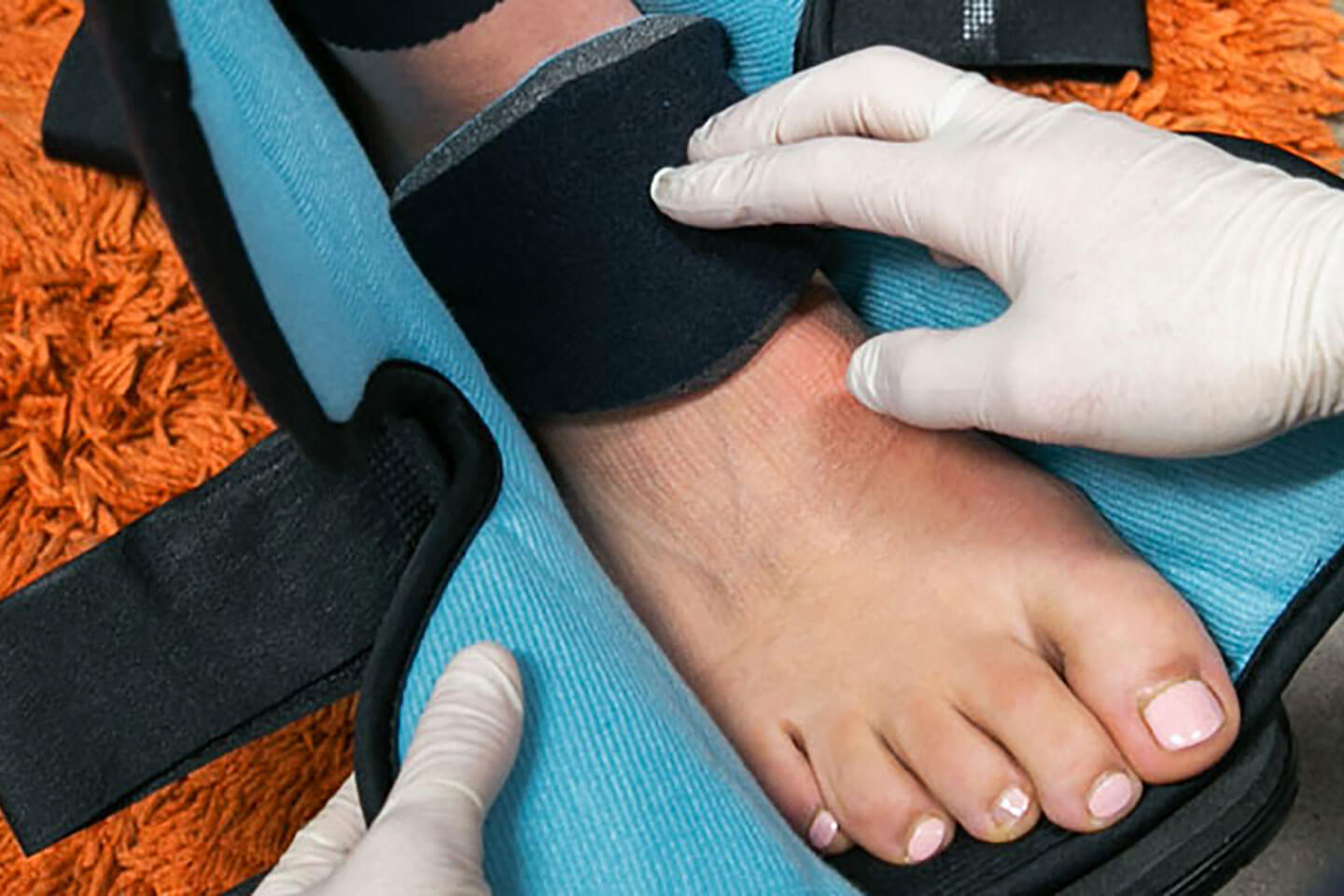
I Think I’ve Broken My Ankle, What Should I Do?
If it is an emergency situation, call an ambulance or present to your nearest emergency department. They will provide pain management, diagnose your injury and appropriate short term management.
If it is not an emergency situation, booking an appointment with your GP for referral to x-ray and possibly to a specialist surgeon is appropriate.
If your healthcare providers determine orthotic management is the best pathway to heal your injury they can refer you to Orthotics Plus. You may also specifically request a referral to Orthotics Plus.
Please note: We do not need a referral to see you, however, a diagnosis and prior imaging will ensure we can provide the best treatment for you on the day.

Ankle Fracture Services We Provide
After receiving a referral, we typically help with:
- Moon boots / CAM boots
- Ankle bracing
- Fracture casting
The general principle is to immobilise the fracture to allow it to heal. We help patients understand what weight bearing & movement is ideal during each stage of rehab.
Orthotics Plus are highly experienced in fracture management cases. Patients will require a minimum of one assessment, with appropriate follow-ups.
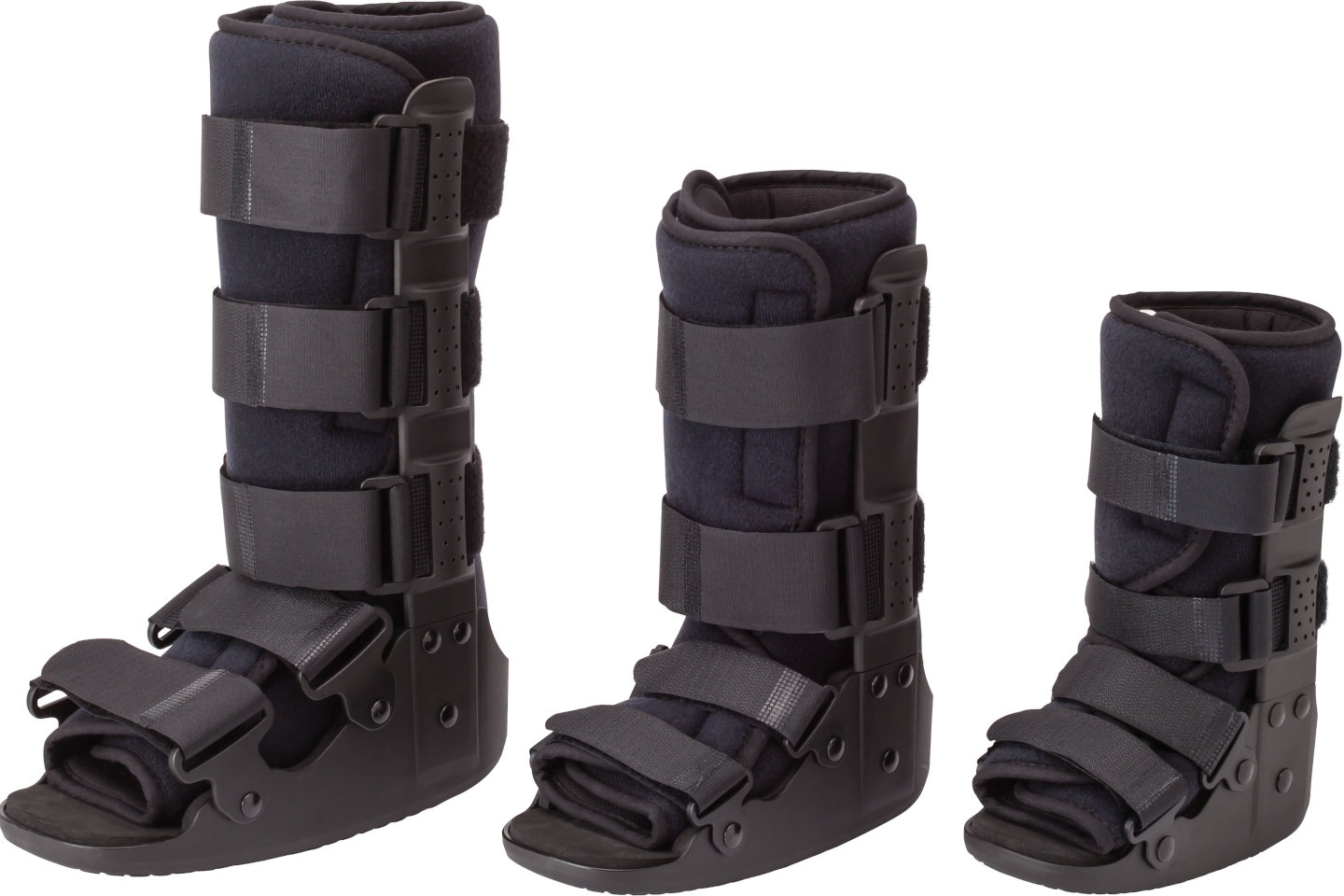
Diagnosis
The mechanism of injury, pain and clinical presentation are considered.
The majority of fractures are diagnosed on an x-ray, or MRI (if necessary). This is usually done by a GP, surgeon or emergency department doctor/radiographer. If we suspect a fracture or an incorrect diagnosis we may refer you to a specialist for further inquiry.
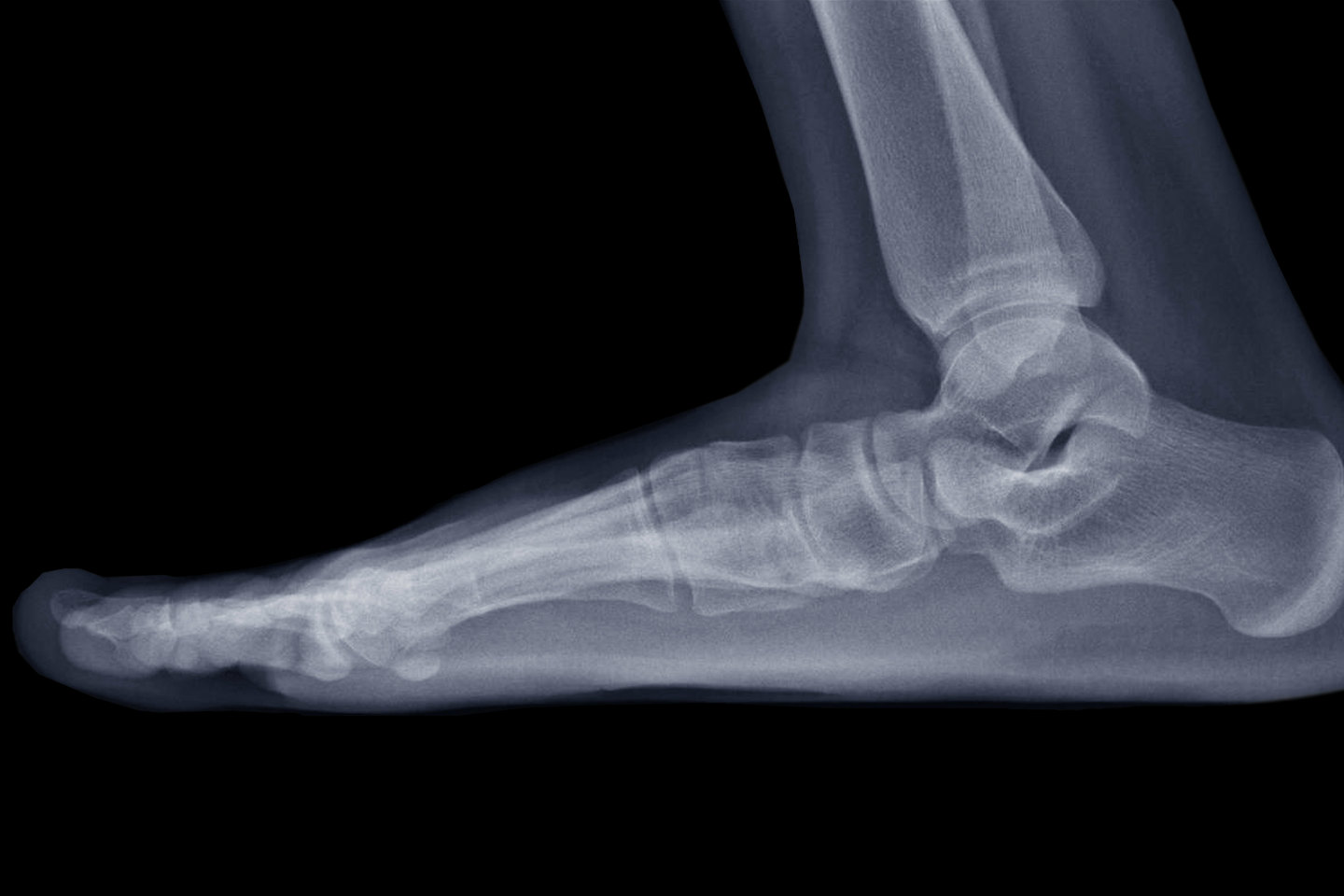
Types of Ankle Fractures
An ankle fracture can range from a minor stable fracture where the patient can weight-bear through to a fracture involving multiple bones, deformation, instability and great pain.
Examples of ankle fracture types include, but are not limited to:
- Weber A – Distal fibula fracture, sometimes with tibial involvement, injury below the level of the ankle joint. Injury quite stable if no tibial involvement.
- Weber B – Fibula fracture at the level of the ankle joint. Stability will depend on other structures damaged. This injury may require surgery.
- Weber C – A fracture above the level of the ankle joint, this injury is unstable and usually requires surgical fixation.
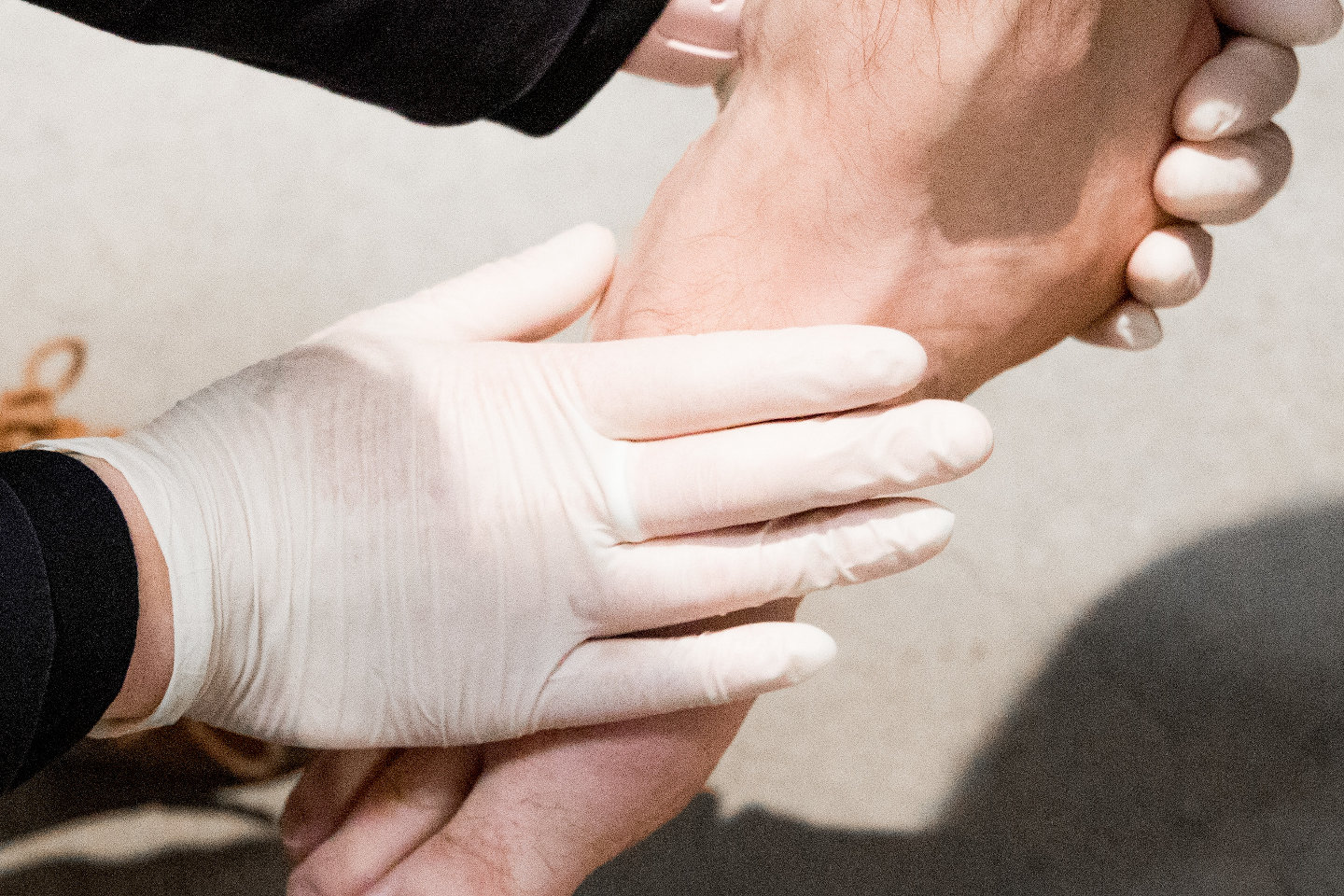
Related Anatomy
The primary anatomy involved in an ankle fracture are bones called the:
- Distal tibia
- Distal fibula
- Talus
The ankle joint is clinically referred to as a hinged synovial joint, uniaxial or mortar centena joint.
When a pathological force occurs at the ankle, the specific forces of movements involved will determine the injury. The other considerations are the nearby nerves, blood vessels, supportive ligaments and synovial fluid.
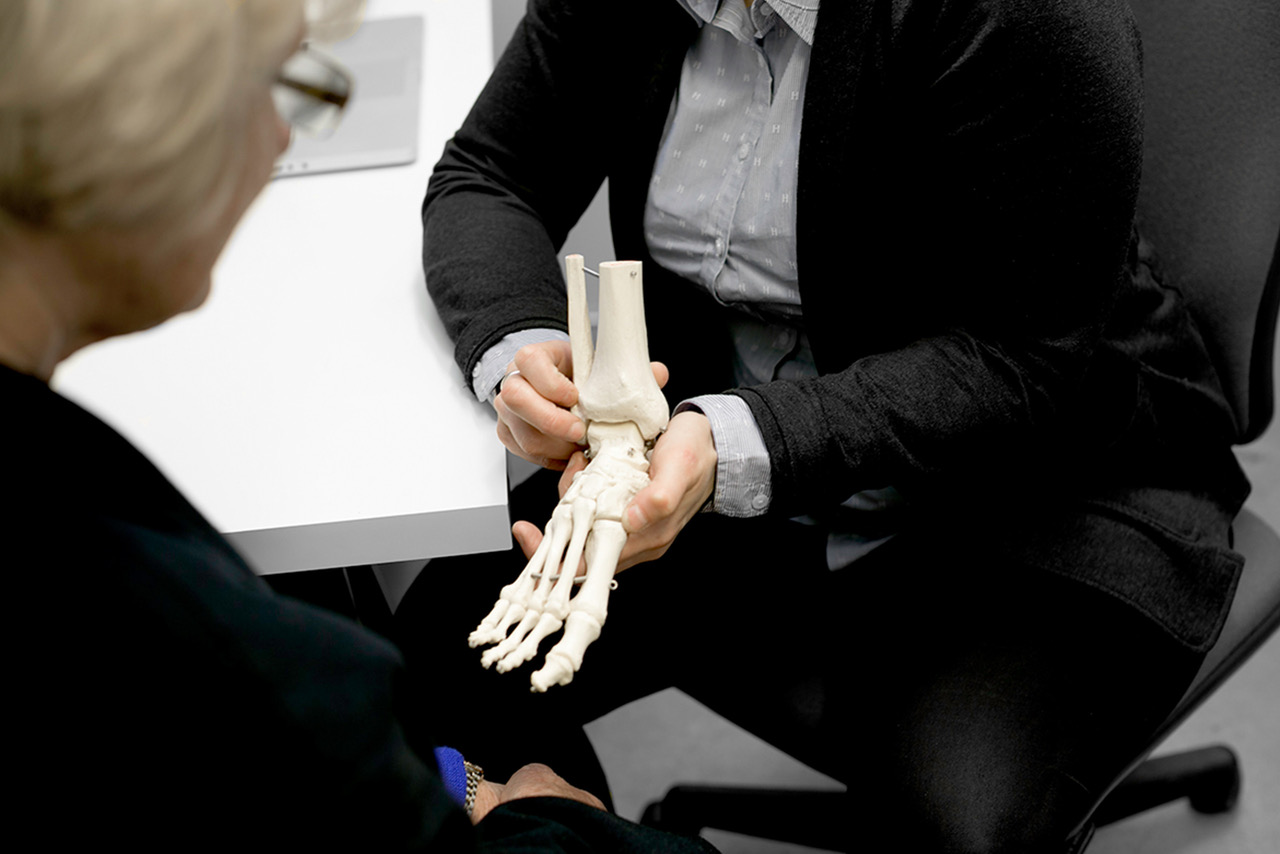
Common Causes of Ankle Fractures
Ankle fractures are a common lower injury. Our caseload is mostly a result of:
- Falls
- Workplace injuries
- Motor vehicle accidents
- Sports

Ankle Fracture Referrals for Orthotics Plus
We’ve had many years of experience in managing fractures, particularly in the lower limb.
- We work collaboratively with orthopedic surgeons
- We have access to or stock all the different Orthoses that are available for the management of fractures
- We have significant experience in weight-bearing and non-weight-bearing fibreglass casts (waterproof is available)
- We stock high quality and comfortable moon boots
- We will generally be able to see you either immediately or shortly after your referral. Walk-ins are welcome however an appointment is preferred.
Orthotics Plus operates in multiple clinics throughout Melbourne. Fractures are typically treated the same day, and we have after-hours support options too.

Ankle Fracture FAQ
- Pain
- Bruising
- Swelling
- Difficulty weight-bearing
- Warmth to touch
- Deformity for more severe fractures
After the fracture has healed, we recommend the patient initiates ongoing rehabilitation with an Allied Health professional.
This is critical because the patient may have beenbeen immobilized and some strength deficits are normal.
A rehabilitation program will enable you to regain strength and control of the joint, reducing the risk of injury occuring in the future.
Patients who rush their return to sport or activity are at an increased risk of soft tissue injury and other conditions such as plantar fasciitis and achilles tendonitis.
An ankle fracture which has been managed poorly can lead to life long issues. This may be:
- Chronic pain
- Loss of function
- Increase risk of Osteoarthritis
- Loss of balance
- Non-union at the fracture site